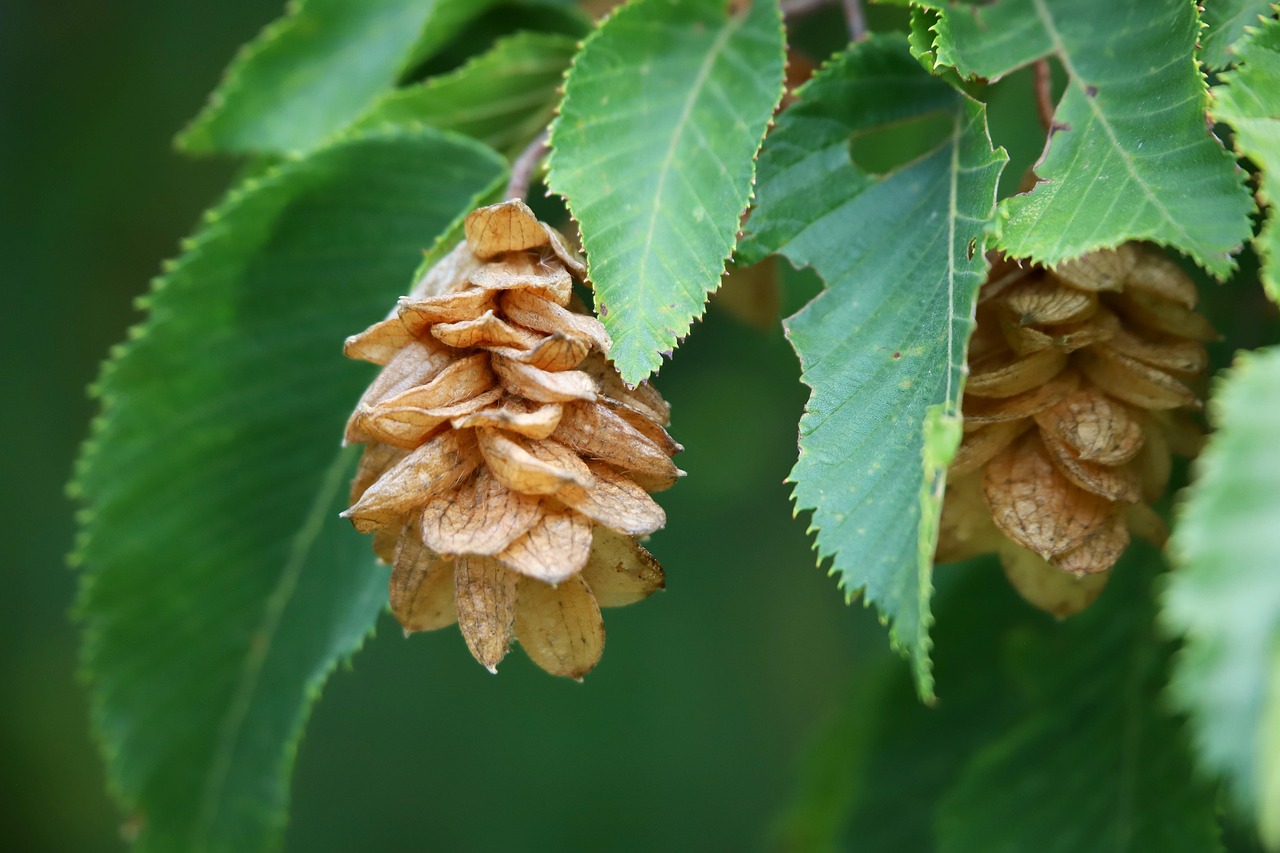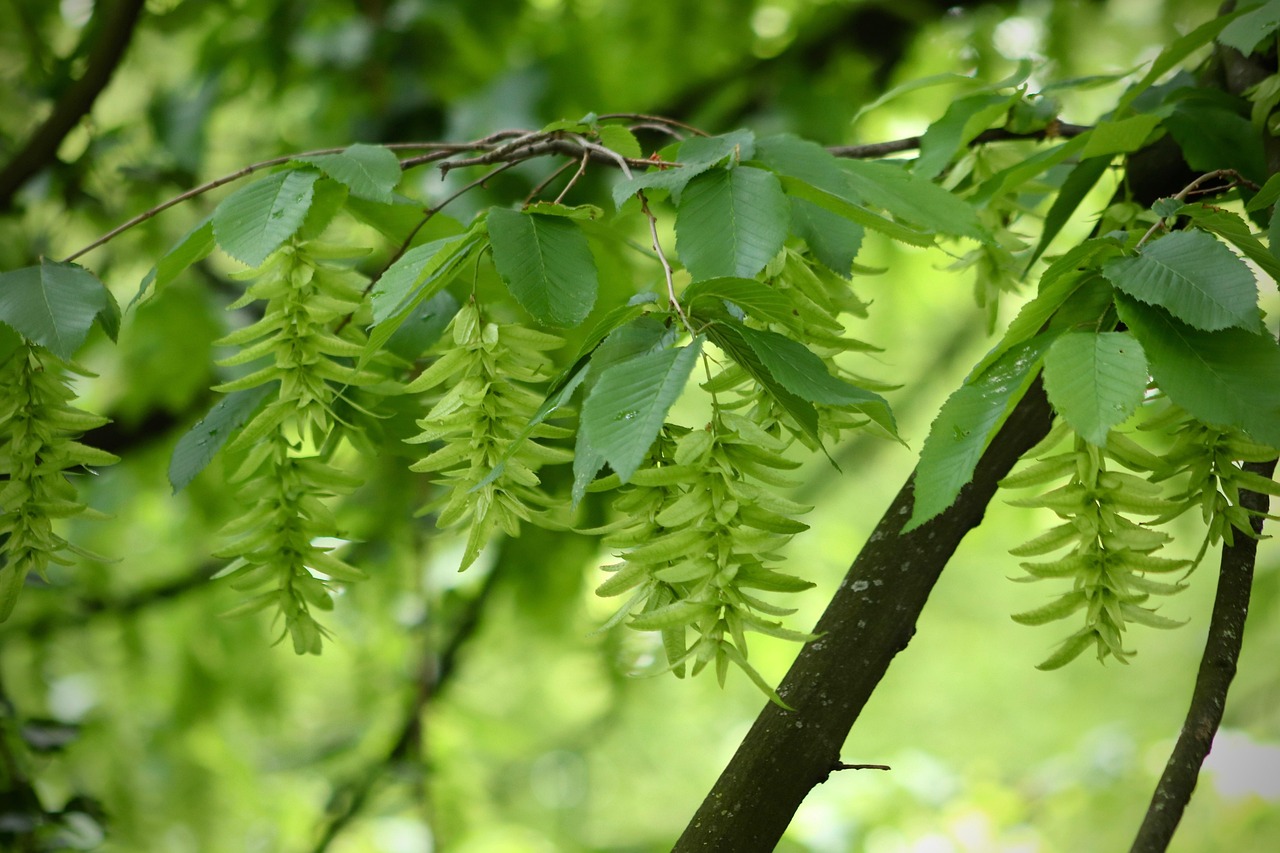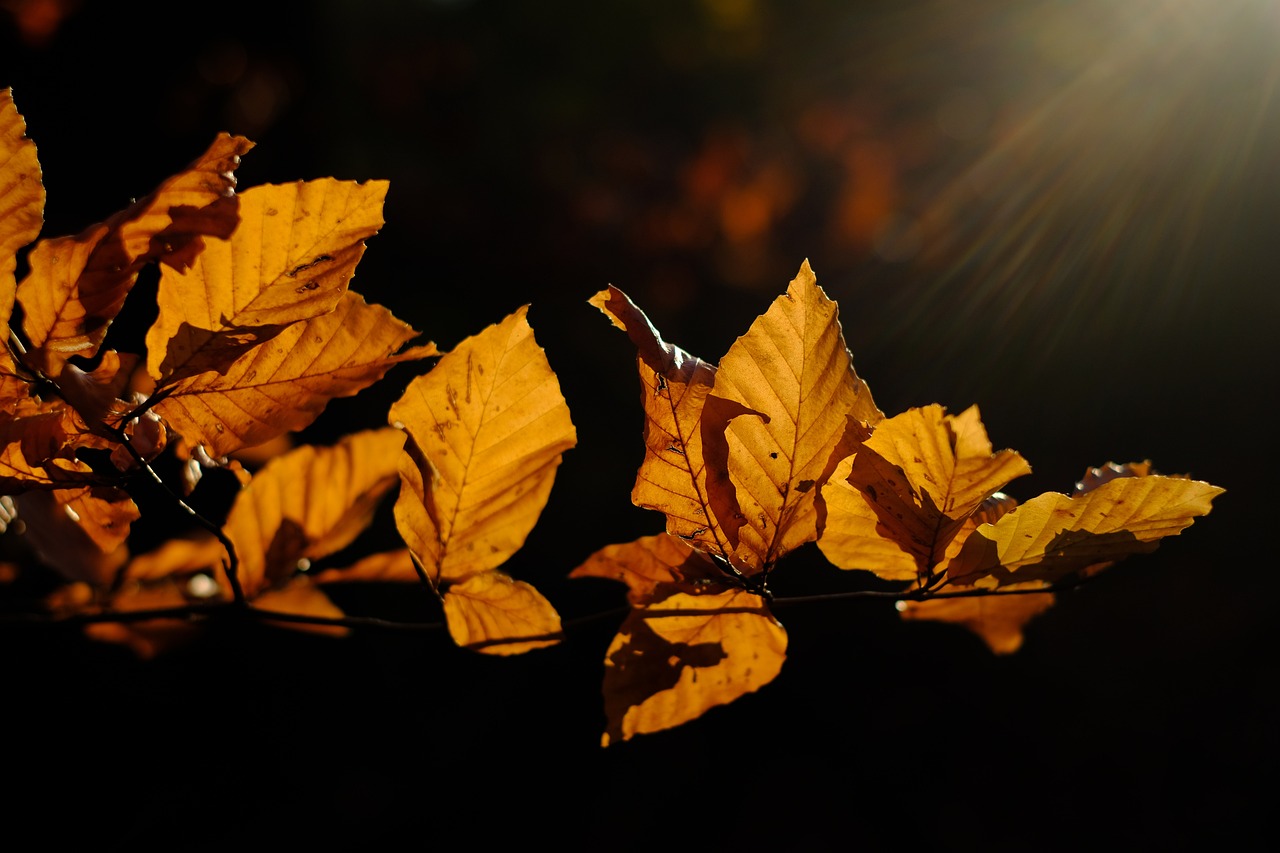Hornbeam trees (Carpinus betulus) grow steadily at 12-24 inches annually, influenced by soil quality, water, sunlight, and space. Proper planting, regular pruning, pest management, and community involvement are essential for successful urban growth. With the right care, hornbeams enhance city aesthetics, provide environmental benefits, and thrive in challenging urban conditions.
Understanding the Hornbeam Tree
The hornbeam is one of my favorite trees for city landscapes. Its dense foliage and sturdy structure make it look both elegant and resilient. I’ve always appreciated how adaptable it is; I once saw one grow happily in a spot with limited sunlight and rocky soil. These deciduous beauties can reach up to 40 feet tall, sometimes spreading just as wide, which makes them perfect for screening or shade—something I learned firsthand when I pruned one into a formal hedge at my local park.

What really convinced me of its city-worthiness is how tolerant it is to pruning and shaping. When I had to fit a tree into a tight corner, I simply trimmed it regularly, and it responded beautifully. Its dense canopy provides excellent shade—perfect for parks or streets—and I’ve also noticed it handles pollution better than other species, which makes it a smart choice for urban environments.
Pro-Tips for Growing Hornbeam Trees in Urban Areas
When I first planted my hornbeam, I overlooked testing my soil, and the tree struggled to establish itself. Now I always start with a soil test to check pH and drainage—making adjustments like adding compost or improving drainage can make all the difference.
In my early days, I underestimated how much water young hornbeams need. Deep watering once or twice a week during dry spells helped them develop strong roots and vibrant foliage. Mulching around the base has also retained moisture and kept weeds at bay.
I used to prune without much planning and saw some damage from overly aggressive cuts. Now I prune with a purpose—regular, light trims to shape without stressing the tree—especially when fitting the tree into tight spaces. Remember, hornbeams respond well to shaping, so gentle, consistent pruning keeps them healthy and formal.
Another mistake I made initially was planting too close to underground utilities or hard surfaces. Giving roots enough space or using root barriers prevented future issues like root encroachment or restricted growth.
Lastly, I learned to watch for pests early—aphids, scale, or webworms. Catching infestations early with horticultural oils or insecticidal soap saves a lot of trouble later. Regular inspections and prompt action are my best tools for maintaining healthy hornbeams in the city.
Growth Factors in Urban Environments
From my experience, several things influence how quickly a hornbeam can grow in the city:
- Soil Quality: I always ensure the soil is rich in organic matter and well-drained. You wouldn’t believe how much a little compost can boost growth.
- Water Availability: During dry spells, I water deeply once or twice a week. I learned not to be stingy with water early on, especially for young trees.
- Light Exposure: They prefer full sun but can tolerate partial shade. I’ve seen them grow in both, though the ones in sunnier spots tend to fill out faster.
- Limited Space: Roots can be restricted in tight spots. It’s crucial to give them enough room or use root barriers to prevent issues later on.
Growth Rate Overview
In my observation, hornbeams tend to grow steadily—about 12 to 24 inches annually, especially in their first decade. For example, I watched one young hornbeam shoot up about 20 inches in its first year, then slowed down a bit as it matured. Here’s what I’ve seen over time:

| Age (Years) | Average Height (inches) | Growth Rate (inches/year) |
|---|---|---|
| 1 | 12 – 24 | 12 – 24 |
| 5 | 60 – 120 | 12 – 24 |
| 10 | 120 – 240 | 12 – 24 |
| 20 | 240 – 480 | 12 – 24 |
Keep in mind, though, that in a more challenging urban environment, growth might slow. I’ve seen some trees stall a bit due to poor soil or restricted roots, so I always recommend careful planning.
Challenges for Hornbeam Trees in Urban Areas
Even though I find hornbeams quite resilient, they face real hurdles in cities. Roots can get cramped by sidewalks or underground utilities, which sometimes stunts their growth. In one instance, I noticed a hornbeam in the parking lot that struggled because its roots pushed against concrete. Also, pests and pollution can be issues—pests like aphids and scale insects can attack if you’re not vigilant. I always keep an eye out during the growing season, because early detection of pests or disease can save a lot of trouble later.
Pollution, extreme weather, and soil compaction are other stressors I’ve observed. I’ve learned that proactive care—like proper pruning, mulching, and choosing the right location—makes all the difference in helping these trees flourish amid urban challenges.

The Role of Hornbeam Trees in Urban Green Spaces
Whenever I plant hornbeams in city parks or along streets, I see how much they contribute. They provide vital shade, help clean the air, and support wildlife. Birds love nesting in their thick branches, and pollinators are attracted to their flowers—something I always encourage in community planting days.
They also act as natural noise barriers and add visual appeal with their rich, seasonal color changes. I’ve pruned them into formal shapes, creating lovely living sculptures that enhance community spaces. Their resilience makes them reliable fixtures for urban planning.
Optimal Conditions for Hornbeam Growth
From my own experience, making sure hornbeams get their ideal conditions not only speeds their growth but also keeps them healthy long-term. Here’s what I’ve found works best:
Soil Requirements
I always test my soil before planting. Hornbeams like well-drained soils with lots of organic matter. Incorporating compost or mulch helps provide the nutrients they crave. During one experiment, I added compost to a poor clay site, and the tree responded with lush, vigorous growth within the first season.
- pH Level: aiming for 6.0 to 7.5 is ideal. I recommend regular testing—overly acidic or alkaline soil can slow growth.
- Drainage: I’ve learned to avoid planting where water pools—roots can rot easily in poorly drained spots.
Watering Needs
Water is critical, especially early on. I always give freshly planted hornbeams a deep soak once or twice a week during dry periods. Mature trees are more forgiving, but I still keep a close eye during droughts—mulching helps retain moisture, which I swear by for healthier leaves and steady growth.
Light and Temperature Tolerance
In my experience, hornbeams do best with full sun, which they love—at least six hours daily. I’ve seen them grow spindly and weak in shaded spots, so I always try to pick sunny locations. They can handle colder weather, thriving in zones 4–7, but hot summers mean I make sure to water more and avoid heat stress.
Pest and Disease Management
While they’re generally resilient, I’ve kept an eye out for pests like aphids, scale, and webworms. Occasionally, I’ve had to treat infested trees with insecticidal soap or horticultural oils. Disease-wise, I always prune out dead or diseased branches promptly and ensure good airflow to prevent fungal issues like powdery mildew or canker diseases. Prevention and early intervention are key—I’ve learned that the hard way!
Urban Planting Strategies
In tight city spaces, I always plan spacing carefully—about 15 to 25 feet apart. This ensures they have enough room to grow without competing for nutrients or water. Proper pruning and fertilizing are part of my routine, especially for young trees, to help them develop a strong structure. I also remind myself to avoid planting too close to underground utilities or building foundations.
Community Involvement and Maintenance
I love involving the community—organized planting days or neighborhood tree walks can foster pride and care. Regular pruning, fertilizing, and pest inspections have kept my hornbeams healthy for years. It’s rewarding to see trees that grow strong thanks to collective effort.
Environmental Benefits of Hornbeam Trees
Every time I see a hornbeam in a city park, I’m reminded of its big impact. They improve air quality by absorbing CO₂ and filtering dust. Their canopy provides shelter for birds and pollinators. Plus, their shade cools urban heat islands—something I’ve definitely appreciated during hot summers. They also support biodiversity, offering homes for insects and small creatures I’ve observed firsthand.
Aesthetic and Community Well-being
Beyond everything, I find their seasonal color changes and structured form visually appealing. They brighten up a winter or fall landscape and can be shaped into formal or informal designs. Mentally, being around trees lifts my spirits—walking under their shade makes me feel calmer and more connected to nature, even in a bustling city.
Cultural and Educational Value
Having hornbeams in urban spaces also connects communities to tradition. Historically, they symbolize strength and endurance—I’ve visited sites where these trees have stood for centuries. They also serve as excellent educational tools for schools and community groups, inspiring appreciation for ecology and conservation efforts. I always encourage local workshops on tree care, which deepen civic engagement.
Looking Ahead: Urban Planning and Future Challenges
In my view, future city planning should prioritize green corridors filled with hornbeams and other native trees. Climate change poses new challenges, like unpredictable weather patterns—they may require selecting more adaptable varieties or providing extra care during extreme weather. As cities expand, protecting existing hornbeam populations and ensuring proper sustainable practices, like efficient watering and soil management, will be crucial.
My Final Thoughts
From personal experience, I always see the hornbeam as a stellar addition to urban landscapes. Its moderate growth rate, resilience, and beauty make it a reliable choice. When I’ve managed to give my hornbeams the right conditions—good soil, enough sunlight, proper watering—they thrive and become focal points in the community. And I’ve learned that ongoing care, community involvement, and mindful planning turn these trees into long-lasting assets for our cityscapes.
In the end, I truly believe that integrating hornbeam trees into urban planning means creating healthier, greener, and more welcoming cities—something we all can benefit from. As I continue to care for my trees and encourage others to do the same, I see how powerful these resilient giants can be in transforming our urban environments into better places to live, work, and connect with nature.
